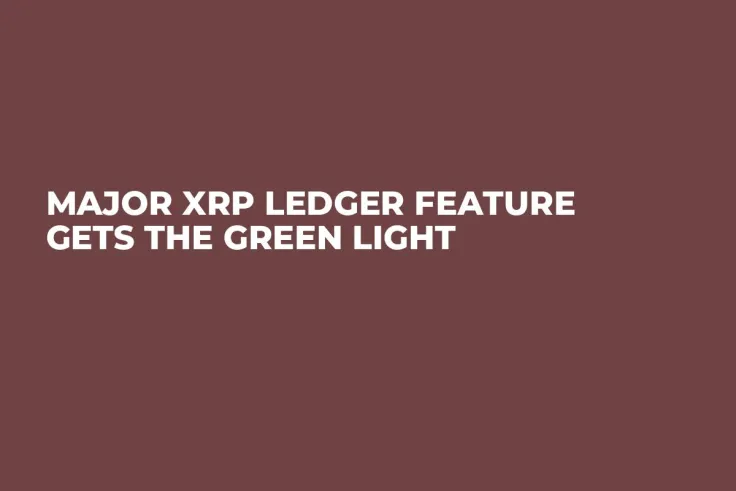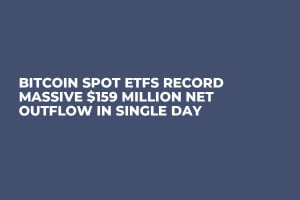
The XRP Ledger's much-discussed Clawback feature has successfully passed its voting threshold, reaching an 80% approval rate among validators.
The feature, officially set within the latest rippled 1.12.0 release, marks a new chapter in the XRPL's evolution, offering enhanced token asset control capabilities.
With the ledger setting an activation ETA, the RippleX community is abuzz with anticipation.
Exploring the clawback feature
The XRPL's addition of the Clawback functionality represents a significant enhancement to its token asset management tools.
This feature, designed to bolster trust and offer additional security measures for asset issuance, grants developers the authority to reverse token transactions in exceptional cases, such as fraud, or to facilitate account recovery when users have misplaced their credentials.
The activation of this feature is controlled by a Trustline flag, which is a prerequisite for users to transact with the involved asset.
It allows users to ascertain the status of the Clawback provision, thus promoting transparency and enabling them to make well-informed decisions when engaging with tokens.
This new feature operates alongside the existing Freeze feature. The latter enables issuers to immobilize assets in the event of identified malicious actions, thus strengthening the security infrastructure of the XRPL.
David Schwartz's perspective
As reported by U.Today, Ripple Chief Technology Officer David Schwartz recently shifted his stance on the XRPL Clawback feature.
Initially skeptical, Schwartz's change of heart stems from recognizing the practical challenges faced by issuers without the feature (such as the need to establish new operational rules and processes).
Furthermore, he pointed to the difficulty in differentiating between obligations and non-obligations among frozen assets on the ledger.
This marked a significant departure from his earlier preference for minimizing ledger mechanics and favoring off-ledger features.

 Gamza Khanzadaev
Gamza Khanzadaev Godfrey Benjamin
Godfrey Benjamin Yuri Molchan
Yuri Molchan Tomiwabold Olajide
Tomiwabold Olajide Arman Shirinyan
Arman Shirinyan